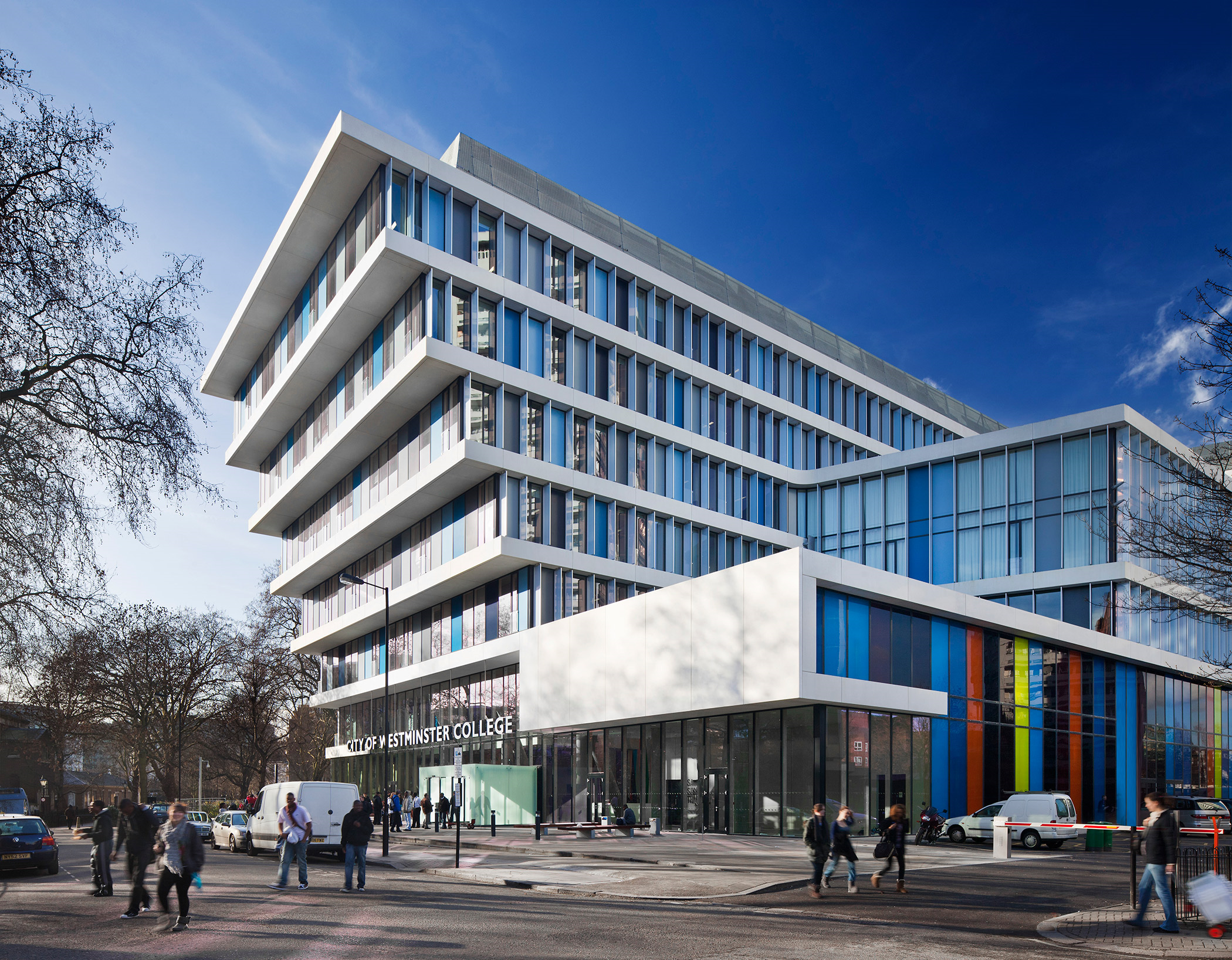Project Detail
UCG Management were keen to rapidly merge the two colleges together from an IT perspective to reflect the new organisation.
The two colleges had developed independently over a number of years and the IT environments reflected this. Both colleges were running Exchange Hybrid infrastructures with individual tenancies.
One of the key requirements (due to the number of IT accounts & Users) was to ensure that all Users could login throughout the project with their existing email address/login names with no change in experience before, during or after migration.
There were many AD-integrated applications and server workloads that required auditing to ensure that authentication would work throughout.
Carbon Cloud was engaged to conduct a full audit of the existing systems and to make recommendations for the new AD design.
Both colleges had independent IT staff and operations and the Carbon Cloud consultancy team were required to ensure that the solution was a good fit for both colleges.




